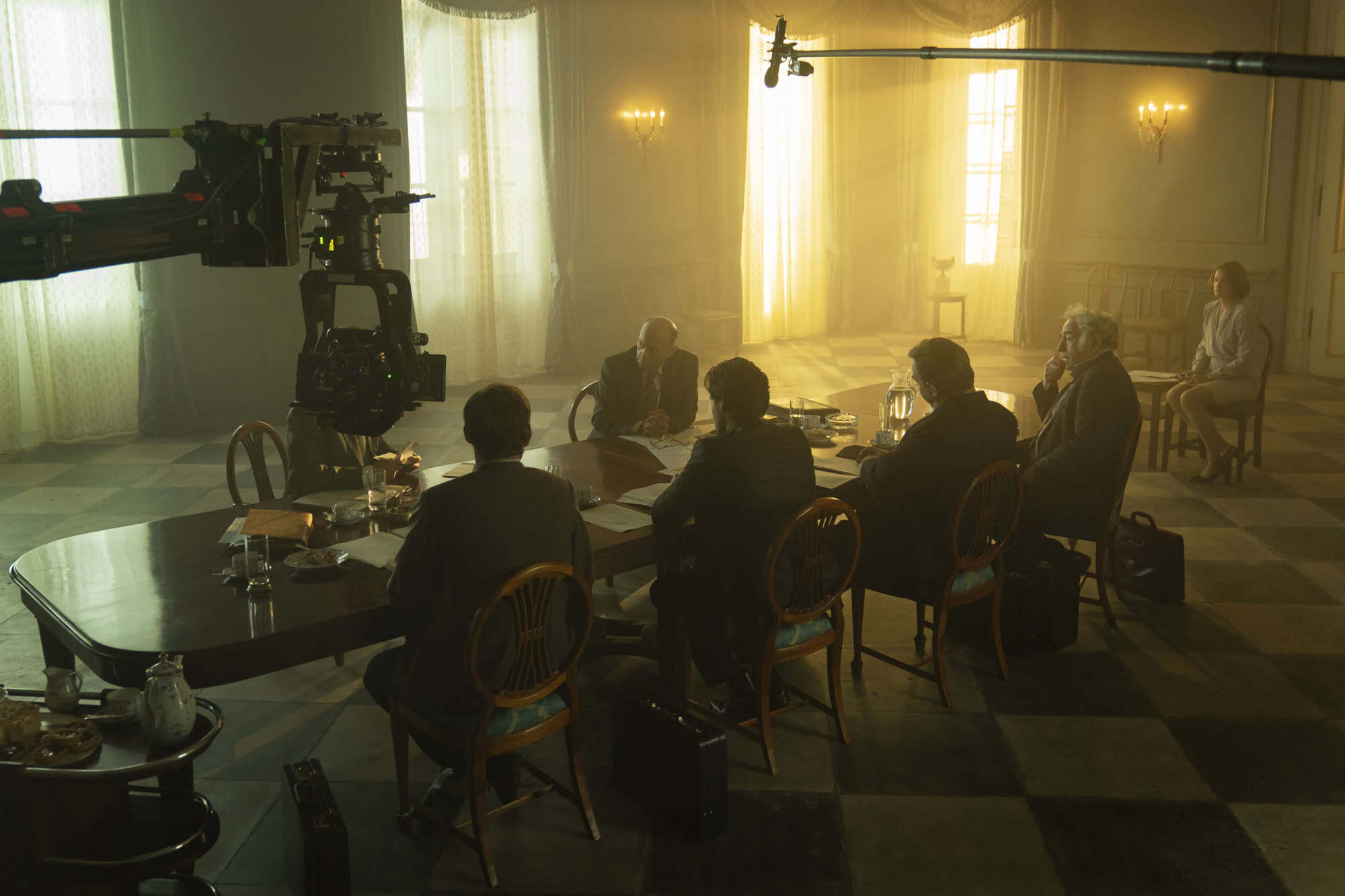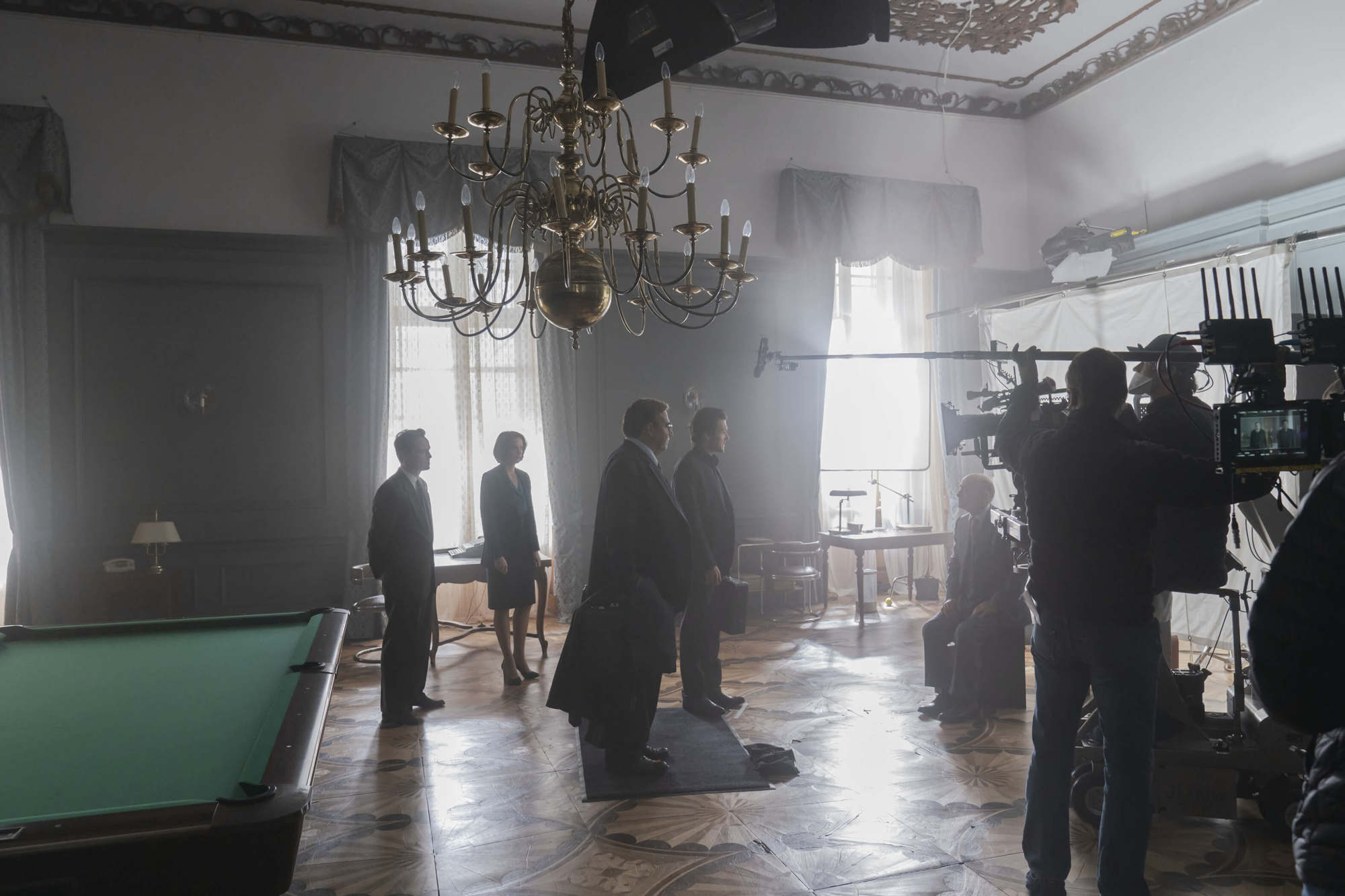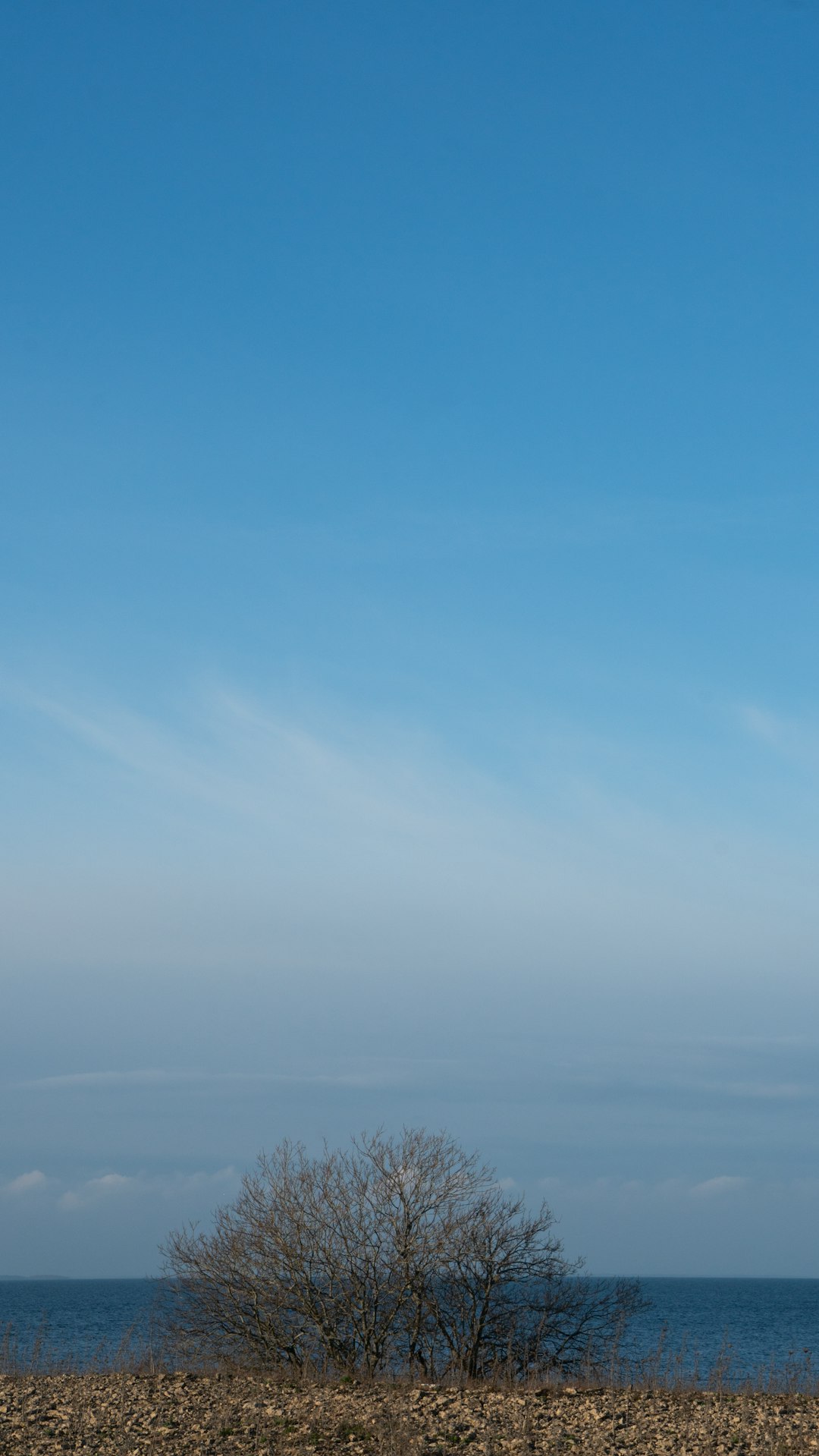This incredible story - the kind where truth is stranger than fiction - plays out in a new film created by an exceptional group of producers: Steven Spielberg, Bartlett Sher, J.T. Rogers, Marc Platt, Jareed LeBoff, Adam Siegel, Kristie Macosko Krieger, David Litvak and Cambra Overend. Oslo brings to life a thrilling drama, the outcome of which affected the fates of many people and carries the message of cooperation that has the power to change people's lives. The shooting took place in the Czech Republic and the film premieres tomorrow on HBO in the U.S. In Central Europe HBO GO releases the movie on 30th May and HBO on 20th June.
28. May 2021


Award-winning team and high expectations
Steven Spielberg, as one of the executive producers, was joined by his long-time collaborator and Oscar winner for Schindler's List and Saving Private Ryan, cameraman Janusz Kamiński.
The screenplay for Oslo was based on the eponymous play by J.T. Rogers, which enjoyed huge success after its premiere in 2016 in New York. It won two Tony Awards - Best Play of the Year and for Michael Aronov's performance.
Filming took place in the Czech Republic in the autumn and winter of 2020 under the direction of renowned theater and opera director Bartlett Sher, who works with the New York Metropolitan Opera and the Broadway Theater, among others, raising expectations high for the film. The lead roles are adeptly handled by Ruth Wilson and Andrew Scott.
What did filming during the pandemic look like?
Filming Oslo required extraordinary efforts and the commitment of the entire crew. Robert Mehrle describes how location scouting went virtual during the pandemic and how his work as a location manager changed: "During pre-production, we used the virtual-scout.com online system, in which we presented photos of locations. We then went through their scanned 3D models during video calls and explained how the space works."
Scouting and prep work in the office took place with limited numbers of staff, and of course while wearing masks. Negotiations took place over the Zoom and Google Meet platforms.
Testing and masks on the set
The film crew followed the already established self-regulatory measures for filming in the Czech Republic created in cooperation with the Czech Film Commission, the Audiovisual Producers Association and the European Institute for the Security of Film Projects, which helped restart filming in the Czech Republic right after the first wave of the pandemic in the spring of 2020.
Unit Production Manager Katka Silna, who joined the team along with Robert Mehrle as part of the Czech production company Stillking Features, says that maximum effort was made "to create a kind of bubble, when the Prague crew lived in a hotel rather than at home” to create the safest possible environment for crew members and actors.
PCR testing took place regularly 3 times a week. Everyone wore masks except for the actors in front of the camera. Also ubiquitous was disinfection. Catering used pre-packaged food and the seating was arranged to maintain a two-meter distance between crew members.

Photo: Larry D. Horricks / HBO
How was the decision made to shoot in the Czech Republic?
"I don't think any one specific location was the deal-maker," Robert Mehrle recalls, "but it was rather the diversity of locations that were offered, in particular the manor houses.”
The crew of Oslo used beautiful Czech manor houses and other locations extensively. The Kacina manor house and the monastery in Doksany stand in for the Norwegian estate of Borregaard, and Dobris Chateau also makes an appearance. The Prague Congress Center played its favorite role as an airport, this time in Oslo. Roads near Beroun take us to Norway on the movie screen, and a courtyard on Prague's Dlouha Street to an Israeli marketplace.
HBO’s SVP of Production Planning & Incentives, Jay Roewe, commented: “Shooting in such an array of historic, beautiful locations afforded us the ability to create a stunning portrayal of the events depicted within the film. We are grateful for all the cooperation and hospitality in the Czech Republic, particularly during such a challenging time for production.”
How do film incentives work?
The interesting and diverse locations in the Czech Republic are certainly a major draw for foreign filmmakers, but there is a more important reason to shoot here - the system of production incentives, which was established in 2010 as a government Film Industry Support Program.
The program is an effective economic tool that guarantees applicants a rebate of 20% of eligible costs spent on the production of an audiovisual work in the Czech Republic, if the relevant conditions are met. Its purpose is to strengthen the inflow of inward investment, which supports not only the film industry, but also many related industries, including local services, accommodation, and others.
Foreign producers Calling Grace Productions, Dreamworks Pictures and Marc Platt Productions, together with the Czech producers Stillking Features, spent more than CZK 234 million (USD 11.2 million) over the course of preproduction and 37 filming days. This amount represents the estimated eligible costs for production of the film Oslo. In this instance, the incentive amounts to around CZK 44 million (USD 2.1 million).
Darwin was wrong: cooperation, not competition, is a key factor for survival. And just as in the story of this film, where good food and the passion of a Norwegian couple for peace unites fierce rivals and contributes to the signing of the Oslo Peace Accords, so it is in the film industry and economy - well-established cooperation brings benefits to all involved.
